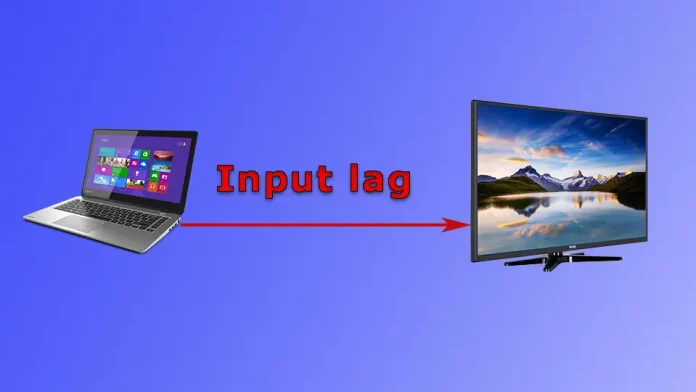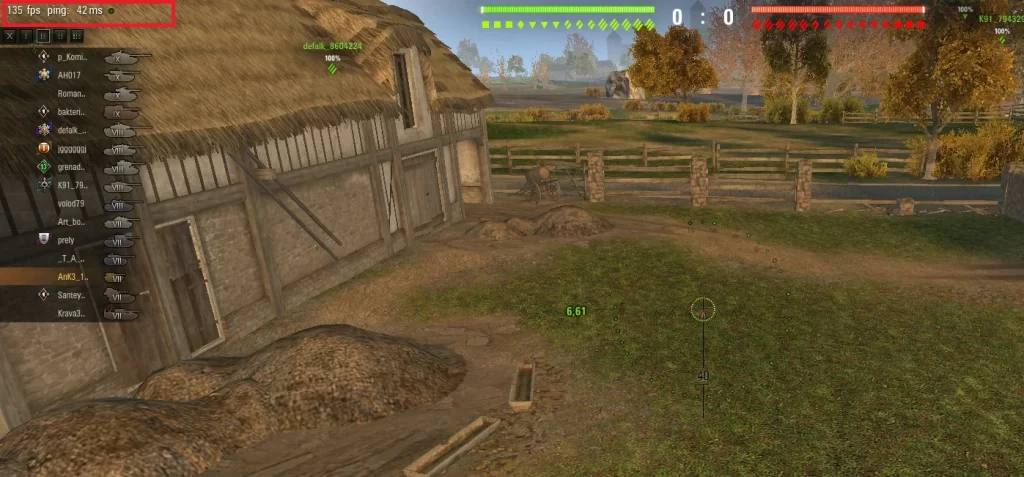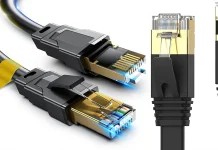What is input Lag
Let’s understand what input lag is; it is considered the time it takes for an action or signal to be displayed on the TV or monitor screen. Input lag is significant for gamers; the faster the image reacts to player actions, the better. Input lag should be considered separately for TV and monitor because different approaches display the image.
Which components generate input lag
Let’s take the most straightforward situation: you move the mouse, and after some time, the object you are controlling does something, and it may take some time. This time will consist of the following time intervals, which add up to an input delay.
- Moving the mouse, the mouse sensor picks up the movement; a signal is generated and transmitted to the computer.
- The signal transmission time depends on the type of computer mouse; a wired mouse takes less time than a Bluetooth mouse. This is why gamers prefer wired mice.
- Then the signal is processed by the program, and the object and the desired action are matched, calculations are made, and the program forms the change of motion of the object.
- This information is formed into a video frame, handled by the video card, and transmitted to the output device. This is now the HDMI or Display port.
- The information goes to the monitor on the HDMI input.
- The information goes to the monitor’s processor, which forms a picture to display on the screen.
- The picture is displayed on the screen.
All these actions take time, not a lot, but in the end, it comes out to tens of milliseconds, and here is how you can roughly imagine the time required to display the action on the monitor screen.
Mouse – 5-15 milliseconds.
Computer processing – 2-15 milliseconds
Video stream generation – 2-10 milliseconds
Receiving a video stream by a TV set – 2-10 milliseconds
Signal conditioning for display 2-10 milliseconds
Displaying the image on the screen 7-15 milliseconds of response time.
As a result, we get about 30 milliseconds of input delay; this is the minimum, but in reality, it may be more. Make sure to distinguish input delay from response time. The response time may be small, but the input delay will be much higher.
Why do monitor manufacturers specify lower response times?
You may see response times of 1 millisecond (MPRT) or 3ms (GTG) in the descriptions of monitors or TVs. You have to realize that this is all marketing. Let’s do the math, a monitor with a frame rate of 240 per second. There are 1000 milliseconds in one second, and 1000/240 results in 4.17 milliseconds. The image changes every four milliseconds. And all GTG or MPRT indicators take visual perception into account; for example, a person does not see darker parts of an image if they are in the background of brighter parts of the image. This is where all sorts of calculation algorithms are applied, and marketing indicators are obtained.
Input lag in monitors
In monitors, because they are explicitly designed to work with computers, Input lag is minimal; the better the monitor, the less input delay it has. The average monitor has an input lag of about ten milliseconds. This also applies to laptop displays. If you are a gamer, buy a monitor with the highest display frequency; the higher the display frequency, the better. Also, due to the manufacturing process, LED displays have a higher input delay than OLED displays.
Input lag in TV
TV sets have large screens and image quality must be high; for this purpose, several sub-programs are designed for additional image processing in the operating programs of TV sets. For example, there is a scaling program, a program to work with HDR, and programs to improve image quality. All these programs significantly increase the time of image output to the screen. This input delay reaches 100ms. The good news is that if you use the TV as a monitor, all subprograms which create input delay are disabled; this is the inclusion of a game mode. If you only use the TV to watch videos, the input lag has no effect on anything at all.
Input lag in Game console
Gaming consoles are different; for example, the PS5 or Xbox is a gaming computer designed only for games. Some Nintendo consoles have their own screen on which the game is displayed; if you want, the image can be displayed on a monitor or TV. Gaming consoles have a little less delay because they are designed for games, and games are optimized for fast image formation; thanks to this, input lag is reduced by 20-30%, mainly due to the optimization of image processing by the video card.
How to fix the input lag
If you have a significant input delay and are uncomfortable playing, you can reduce the delay.
- Check your internet connection; sometimes your internet provider has a problem checking the ping; use https://www.speedtest.net/
- Use a wired mouse if you use gaming joysticks; it is also better if they are wired.
- Set your monitor to maximum frame rate; if your monitor is Smart, it has Game Mode, be sure to turn that mode on. Non-smart monitors have this mode, but it works a little differently; only image settings, brightness, and contrast are changing.
- If you use a TV as a monitor, turn on the game mode when you play. Modern televisions support automatic game mode ALLM (Auto Low Latency Mode); check if the TV is in game mode.
- Online games, such games work with game servers, which is possibly a problem on the game servers.
Is input lag really an issue?
There is always an input delay, more or less. It is tough to measure input delay correctly because it consists of many components, some of which can only be measured by laboratory methods, and it isn’t easy. As a rule, it is much easier to measure the time of signal arrival to HDMI input of a TV or monitor and see the actual appearance of the image, but it will be measuring only the delay time of the TV itself. How to measure correctly when the image has just started to appear because the display matrix cannot react instantly or when the image is wholly displayed (in LED displays, pixels have completed the rotation, but in OLED, pixels reached the desired brightness). You can take 20% of the frame appearance or 40% as a norm and measure the lag time. All this is relative and requires a critical approach to Input lag.
How can I understand what my Input Lag is?
For example, in online games, you can see the lag time on the screen, this is the ping value, but it is only the time for which your computer communicates with the server with data packets. The calculation is straightforward; the sending packet specifies the time of sending, the computer or server which receives the packet, and calculates the time it took to send the packet. This is one part of the delay time, which will be 30-50ms.
And if we are talking about a monitor or TV, the delay time will be almost equal to the frame rate (refresh rate) and will be equal to these values.
| Refresh rate | Input lag |
|---|---|
| 60Hz | 16.6mc |
| 120Hz | 8.3mc |
| 144Hz | 6.94mc |
| 165Hz | 6.0mc |
| 240Hz | 4.16mc |
| 360Hz | 2.77mc |
| 480Hz | 2.08mc |
Does input lag really matter
If you are not playing games, Input Lag should not bother you if you play games and use a high refresh rate monitor or TV. You won’t notice any significant lag because of the monitor or TV. If Input Lag is important to you, I assume you play dynamic games; then Input Lag is important to you.
And if you want to reduce it, you need to look at the problem as a whole, starting with the video card and mouse and only paying attention to the monitor last. Modern monitors and televisions have low lag times.







